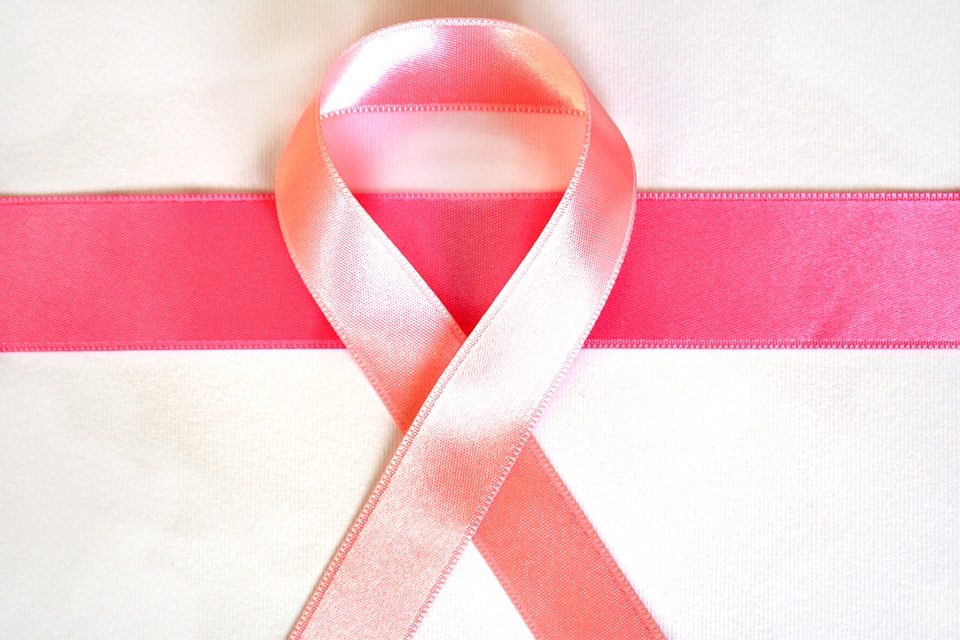New research adds another factor that may predict a person’s outlook after a breast cancer diagnosis.
Approximately 1 in 8 women in the United States will have invasive breast cancer at one point in their lives.
According to the National Cancer Institute, 266,120 women developed breast cancer in 2018, and almost 41,000 died as a result.
On average, the 5-year outlook of a person with breast cancer is almost 90 percent. However, various factors influence their outlook, including the stage of the tumor, the age and overall health of the individual, and the hormone receptors present on the cancer cells.
New research now points to another factor that may influence survival after a breast cancer diagnosis. Byproducts of the hormone estrogen may help predict a person’s outlook, according to a study researchers presented at the American Association for Cancer Research Annual Meeting, which this year takes place in Atlanta, Georgia.
Tengteng Wang, a doctoral researcher at the University of North Carolina (UNC) Gillings School of Global Public Health in Chapel Hill, is the first author of the new research.
Estrogen metabolites may influence survival
Wang and colleagues used the urine samples of a group of women with breast cancer to measure levels of two estrogen byproducts: 2-hydroxyestrone, or 2-OHE, and 16-alpha-hydroxyestrone.
The former is known as a “good” byproduct because previous studies have found that increasing its levels protected against tumors. On the other hand, the latter metabolite is a “bad” byproduct because it causes DNA damage and promotes tumor growth.
“Researchers are most interested in examining the ratio of the two metabolites 2-OHE and 16-alpha-OHE, which reflects the relative balance of the ‘good’ metabolite versus the ‘bad,'” explains Marilie Gammon, Ph.D., who is a professor in the UNC Gillings School of Global Public Health.
“This ratio may, therefore, represent an individual’s inherent estrogen metabolism profile. Our study […] is the first to focus on the association between urinary estrogen metabolites and survival after breast cancer,” she says.
The researchers examined the ratio between these two metabolites in 687 women who received a breast cancer diagnosis between 1996 and 1997. Wang and team measured the estrogen levels in the urine up to 3 months after the cancer diagnosis.
“We found that a higher urinary concentration of the ‘good’ versus ‘bad’ metabolite was associated with a 24 to 27 percent reduced risk of dying from breast cancer, cardiovascular diseases, and any cause of death among breast cancer survivors,” reports Prof. Gammon.
Specifically, the researchers discovered that if the level of 2-OHE was higher than, or equal to, 1.8 times that of the 16-alpha-OHE, the associated risk of dying from any cause was 26 percent lower.
Prof. Gammon also notes that the association remained strong after considering other factors, such as lifestyle, diet, menopausal status, and previous medical conditions.
“Our findings appear to indicate that, regardless of the assumed levels of estrogen in a woman’s body, the relative balance of the estrogen metabolites appear to predict prognosis after breast cancer.”
Prof. Marilie Gammon
Directions for future research
“A lot of research has been done to link these two metabolites with the probability of developing breast cancer,” says first author Wang.
“So far, we believe we are the first to look at the association of metabolites in relation to mortality after 18 years of breast cancer diagnosis,” Wang adds.
However, the researchers also point out that more work is necessary to clarify the “predictive value” of estrogen byproducts further.
For instance, researchers should follow the association between mortality risk and estrogen metabolites over time, and the UNC team wants to know if the treatments that the women receive also play a role.
Finally, the researchers also wish to find out if estrogen metabolites influence the risk of heart disease death, and how this risk may change in the long run.

